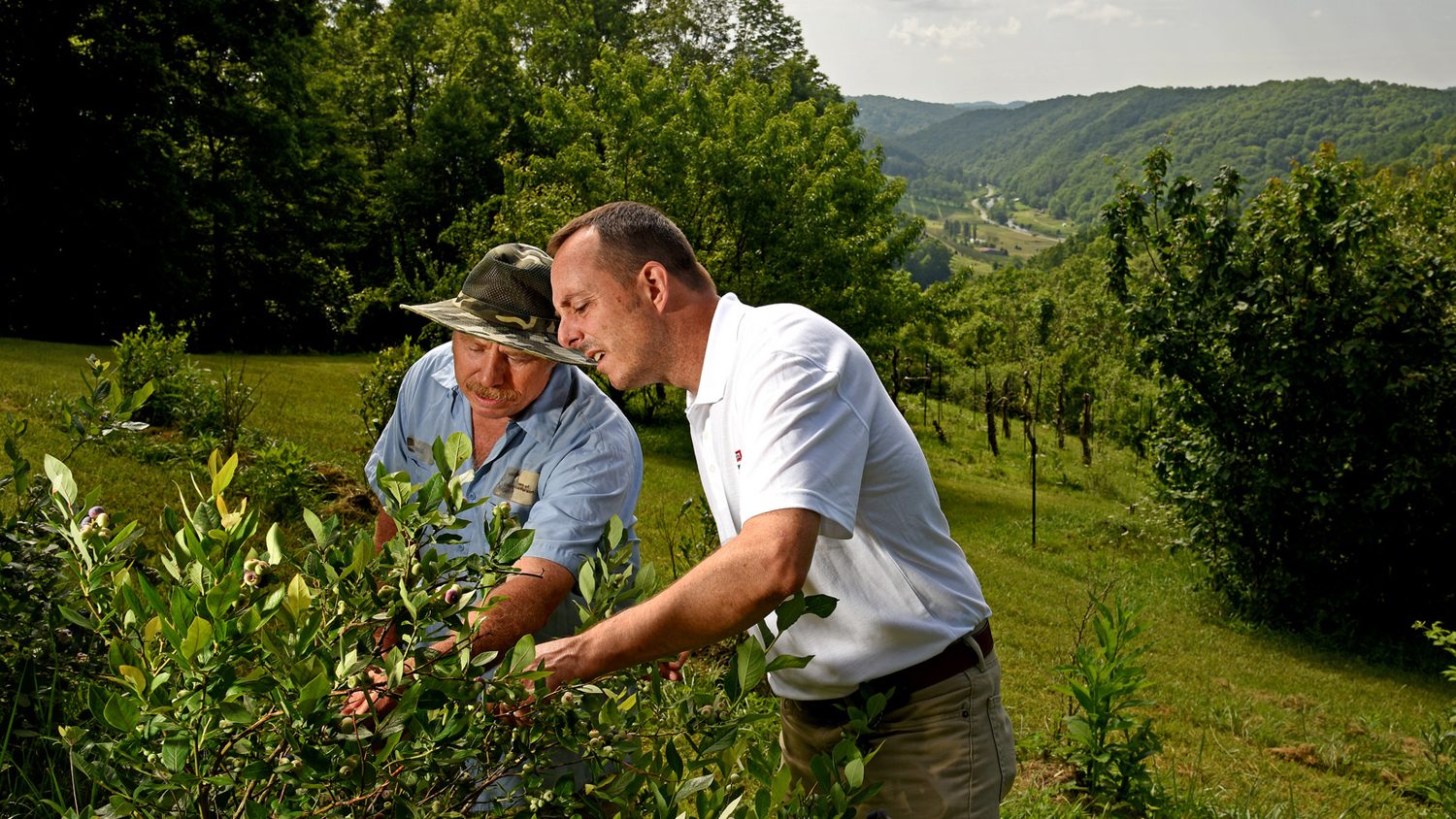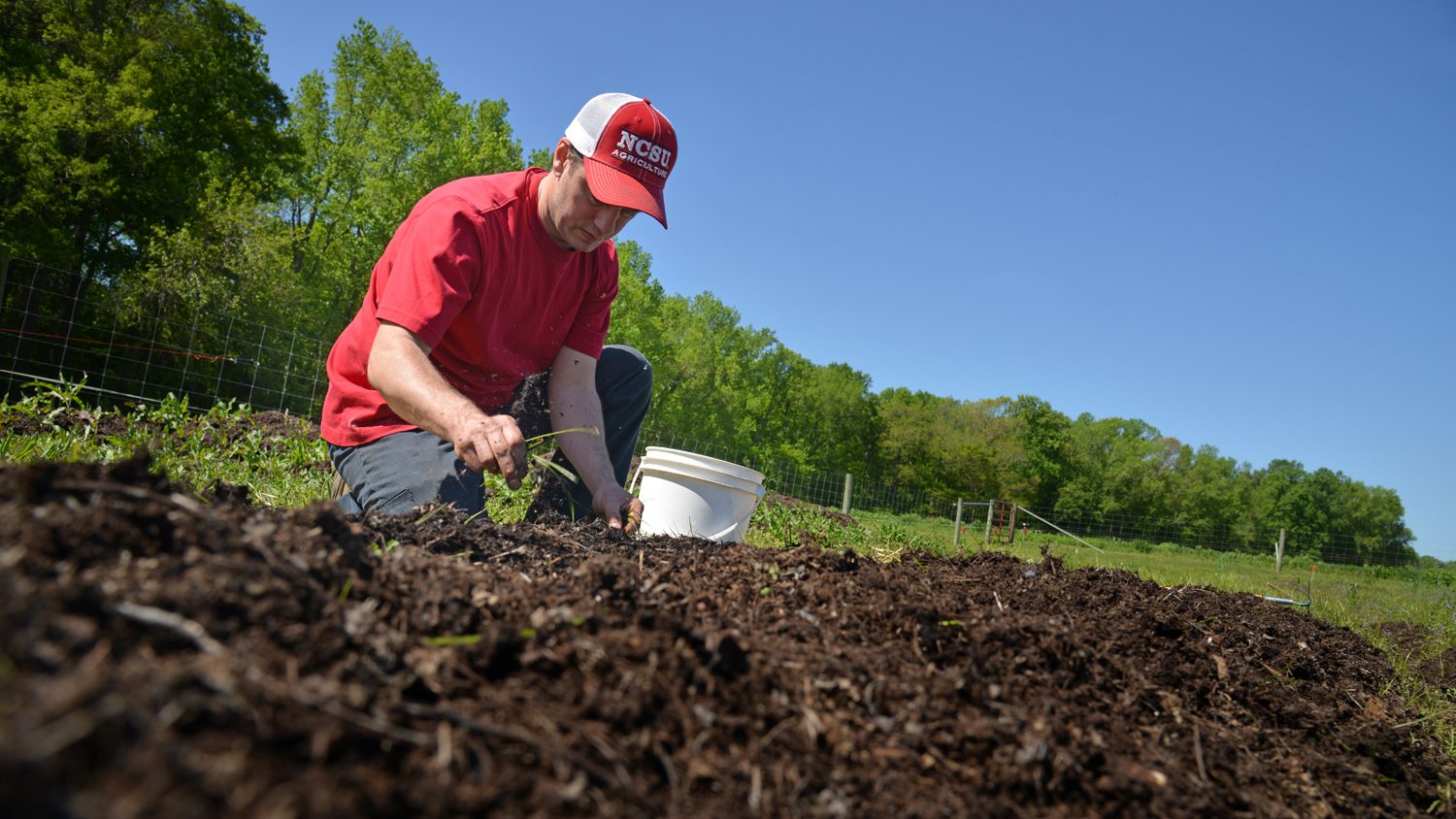 Physical properties and processes of soils play important roles in their use for agricultural, environmental and engineering purposes. Aziz Amoozegar (Environmental Soil Physics) is involved with teaching and research in the areas of soil physics and waste management. His areas of interest are water flow, pollutant transport, and development of equipment and procedures for measuring soil physical and hydrological properties. Specifically, he is interested in developing techniques as well as providing training to allow professionals to evaluate and use sites for various purposes, ranging from wastewater management to engineering projects.
Physical properties and processes of soils play important roles in their use for agricultural, environmental and engineering purposes. Aziz Amoozegar (Environmental Soil Physics) is involved with teaching and research in the areas of soil physics and waste management. His areas of interest are water flow, pollutant transport, and development of equipment and procedures for measuring soil physical and hydrological properties. Specifically, he is interested in developing techniques as well as providing training to allow professionals to evaluate and use sites for various purposes, ranging from wastewater management to engineering projects.
Alan Franzluebbers investigates soil physical properties under various conservation agricultural systems, including no tillage, cover cropping, crop rotations, integrated crop-livestock systems, managed pastures, and agroforestry. These studies have included soil water content as affected by site selection for agroforestry, soil bulk density as affected by grazing management, soil penetration resistance as affected by cover cropping, water-stable aggregation as affected by tillage management, and water infiltration as affected by residue management. His Soil Ecology and Management Laboratory is equipped with basic equipment for these evaluations that often are combined with chemical and biological determinations. His program works collaboratively with other researchers to broaden the evaluation of ecosystem responses.
Josh Heitman blends investigation of fundamental soil heat and mass transfer processes with applications in agricultural water management and environmental services of disturbed, urban soils. Heitman’s Environmental Soil Physics Laboratory develops measurement techniques for soil thermal properties, and water and gas transfer between soil and atmosphere. Work in agricultural systems includes evapotranspiration measurement and partitioning in vineyards and row crops with additional collaborations focusing on nutrient dynamics, cover crop management, and remote sensing. Work in urban systems has involved collaboration on management approaches aimed at renovation of developed soils for stormwater infiltration.
One of the most widespread nonpoint-source pollutants is sediment, which can originate from farms, construction sites, and stream banks. Rich McLaughlin’s program focuses on reducing the movement of sediment from construction sites. McLaughlin’s research has demonstrated numerous methods to achieve this goal through more effective erosion control, better methods of channeling flows, and more efficient settling basins. He established the Sediment and Erosion Control Research and Education Facility (SECREF) at the Lake Wheeler Road Field Laboratory for conducting related testing and training. In addition, numerous projects have determined the effectiveness of various approaches to erosion, sediment, and turbidity control on actual construction sites. Recent investigations explore methods to renovate compacted subsoils, typically left at the end of the construction process, in order to improve vegetation establishment and reduce post-construction runoff. This also makes the turf more resilient due to a more extensive root system.
Soil Physical properties include soil color, and that has been a long-term interest of Mike Vepraskas, currently the interim department head. He also provides expertise in hydropedology and oversees the Soil Physical Properties Service Laboratory. Recent research projects have included using hydrologic models to establish relationships between waterlogging and soil color, as well as to determine how climate change will affect soil waterlogging and wetland boundaries. He has also studied the mechanisms of redoximorphic feature formation (mottled colors) in saturated soils. These studies have an effect on wetland regulations, and he has led the development of technical standards for determining when wetland hydrology has been successfully restored in restoration projects, as well as for determining when a hydric soil is present.

